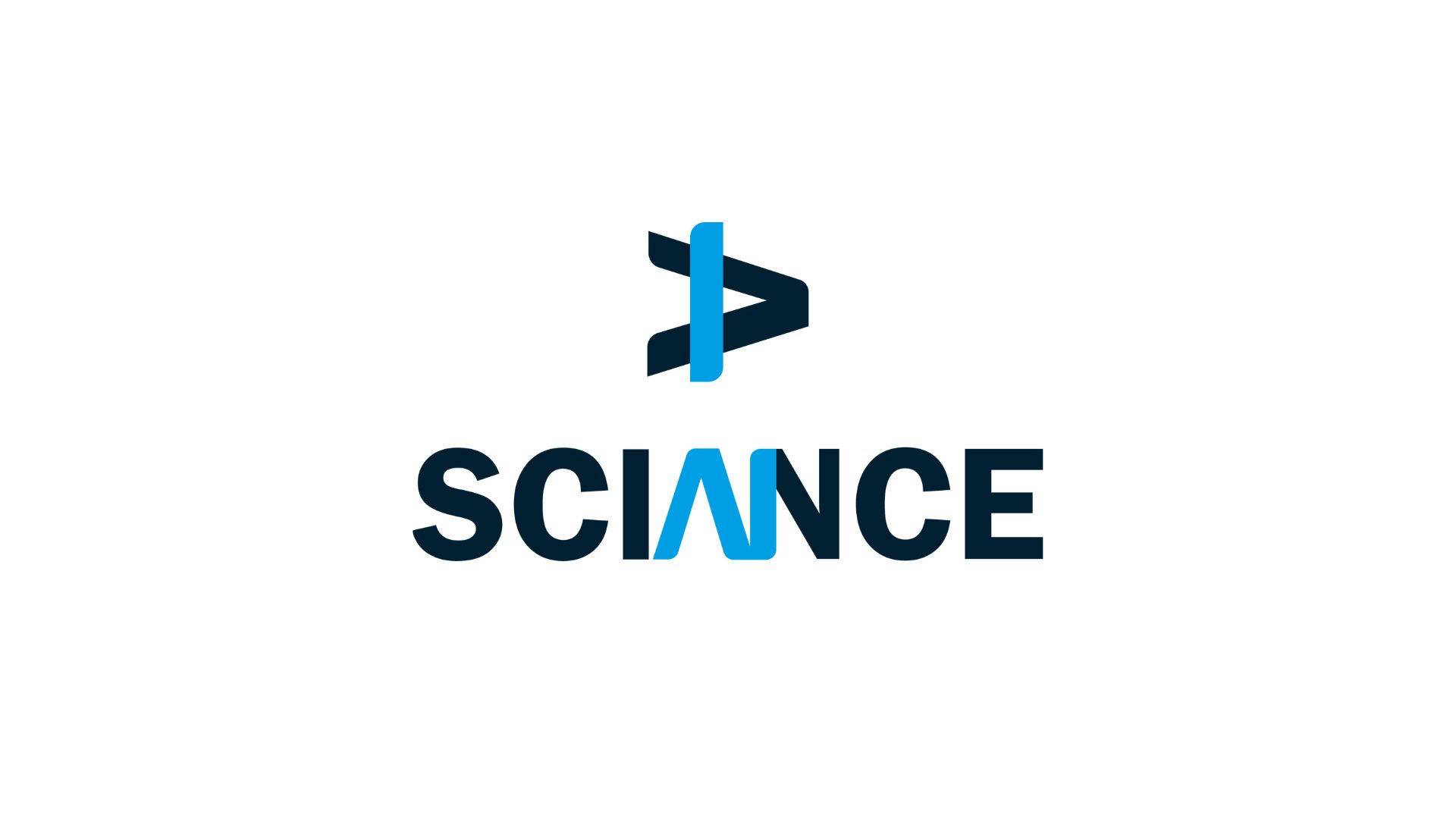
How to identify epileptogenic zone in MRI negative epilepsy with arterial spin labelling data
Euro-BioImaging is organizing an online User Forum on April 5, 2022, from 14:00-17:00 CEST. This event will highlight the importance of cutting-edge imaging technologies in support of brain research and showcase the specific expertise available at our Nodes across Europe through case studies presented in tandem with the research community.
In this brief abstract, learn how Martin Gajdoš, CEITEC Masaryk University, worked with the experts at ALM and Medical Imaging Node Brno in Czechia, to demonstrate that arterial spin labeling (ASL) perfusion magnetic resonance imaging (MRI) can help with localization of the epileptogenic zone (EZ) and thus help epileptologists to increase the reliability of their decisions.
Hear this talk and others like it on April 5 at the Euro-BioImaging User Forum: At the Forefront of Neuroscience.
How to identify epileptogenic zone in MRI negative epilepsy with arterial spin labelling data
Martin Gajdoš, CEITEC Masaryk University
Michal Mikl, ALM and Medical Imaging Node Brno
Drug-resistant epilepsy is a diagnostic and therapeutic challenge, mainly in patients with negative MRI findings. State-of-the-art imaging methods complement standard epilepsy protocols with new information and help epileptologists to increase the reliability of their decisions.
In this work, we show the ability of arterial spin labeling (ASL) perfusion MRI to help with localization of the epileptogenic zone (EZ). We present an image processing method to detect the EZ as an area with hypoperfusion relative to the contralateral unaffected side, using subject-specific thresholding of the asymmetry index in ASL images. We demonstrate three thresholding criteria (termed minimal product criterion, minimal distance criterion, and elbow criterion) on 29 patients with MRI-negative epilepsy (age 32.98 ± 10.4 years). The minimal product criterion showed optimal results in terms of positive predictive value (mean 0.12 in postoperative group and 0.22 in preoperative group) and true positive rate (mean 0.71 in postoperative group and 1.82 in preoperative group). Additionally, we found high accuracy in determining the EZ side (mean 0.86 in postoperative group and 0.73 in preoperative group out of 1.00). ASL can be easily incorporated into the standard presurgical MR protocol, and it provides an additional benefit in EZ localization.
More news from Euro-BioImaging


